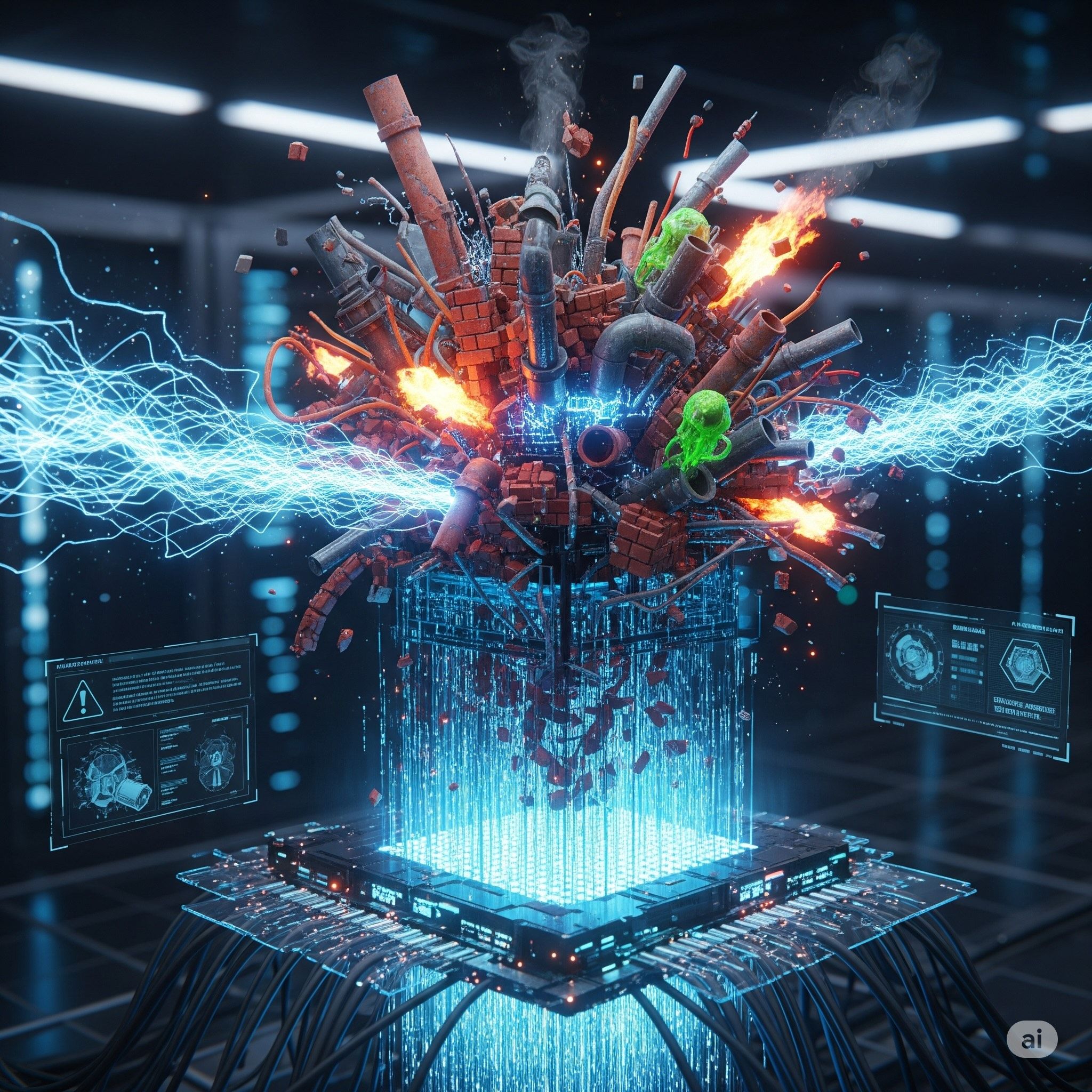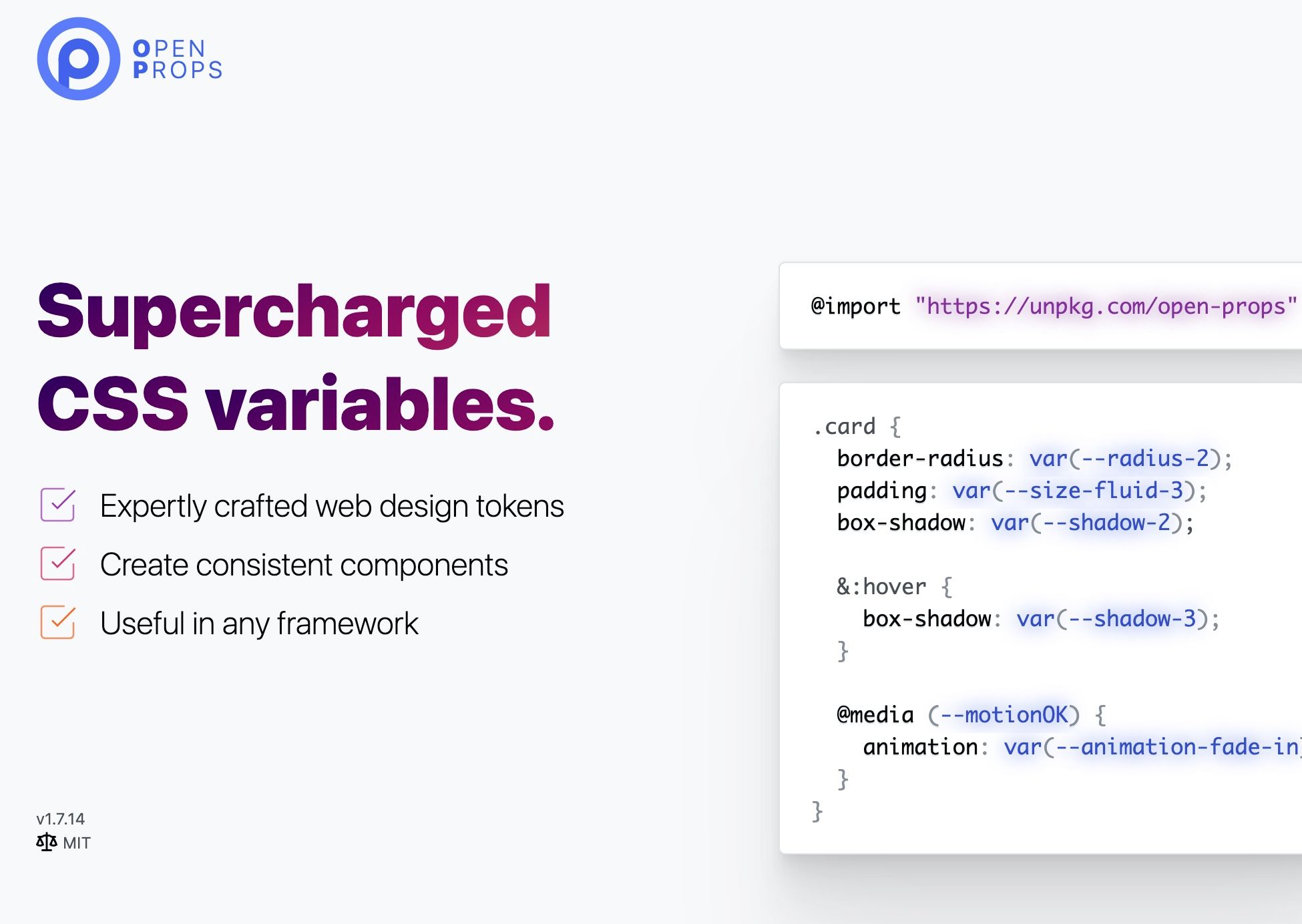Building with AI
By Philipp Marxen on

The Good, the Bad and the Ugly of Building websites with AI
AI promises to democratize the web and let everybody become a senior web developer.
Friends of mine tell me about the rise of competition for mini apps. Browser extensions, Shopify mini apps, Wordpress templates - you name it. All these are growing strongly.
Not even talking about the exponential growth of #metoo content.
The Promise: The free web that domain experts can build
The promise of using AI is exciting. The power will move from junior website developers onwards to domain experts. While maybe in the past, a junior developer created the best beekeeper blog, in the future, it might be a senior beekeeper that has deeper domain expertise.
This promise is somewhat juxtaposed by the trend away from websites towards reddit, facebook, instagram, youtube and towards engaging with AI for answers. Websites have to redefine themselves to find their niche and raison d'etre.
This promise is filled by a plethora of different AI models. You have the LLMs, the core of the whole debate. ChatGPT as the best known one, but also Claude and Gemini and several other american and chinese models. Then there are IDEs. These use those LLMs but provide a toolbox for better documentation and creation of code. Well known IDEs are Cursor and Windsurf.
Again a level of abstraction higher is Lovable and Bolt. These are focussed not on writing and improving lines of codes but generating full solutions.
And finally, there are some AI supported processes at Website builders that are often not much more than section builders and successfully choosing templates. The template business might be dead given the proliferation of these tools.
The Bad: costs and difficulties
There is a constant shift that is much faster than in the past. Brackets was a proto-IDE that was in use for many years before being discontinued in 2021. Cursor and Windsurf are constantly changing and even though they are the most popular IDE, there future is unknown.
The costs are also rising. It is often relatively inexpensive to get started and spin out some pages, but to change a button color later on might break other things or be very expensive.
The Ugly: Tech Debt
The ugly point is that the reliance on AI might create tech debt on a completely different level. Projects might be created that work for a while only to then break and being too difficult to fix. Since a lot of plugins, extensions and tools are created in this way, the risk is that more websites will become vulnerable and break or get attacked.
The ugly side of AI is similar to the ugly side of blogging. Many half finished projects will dot the web as corpses around the peak of mount everest. And the successful projects might create ugly, tech-debt full code.
Webstudio Inception
My first idea about Inception is that it is a very specific tool. A front-end only IDE that creates code for Webstudio and other platform.
"Will we use Inception to create tons of tech debt to spin out quick projects - I might use Inception this way and only create some slots, but not recreate everything as clearly defined components. This will be a task for sometimes later." Philipp
Users can use Inception to create fantastic front-end designs and then directly import these into Webstudio. This is a very interesting workflow. But: The code relies on very individuallistically defined CSS and a lot of CSS. Difficult to manage by hand. I plan to create slots for footer and navbar but not sure about other components as there is not yet a component editor out at Webstudio. Also, the code created by Inception will likely not have design tokens. So do I still want to add additional design tokens elsewhere? And how to manage all this? And is open props / craft then relevant?

Let's discuss
Let's discuss about Inception and AI in general in one of our calls and community meetups.
Click here for the community tab